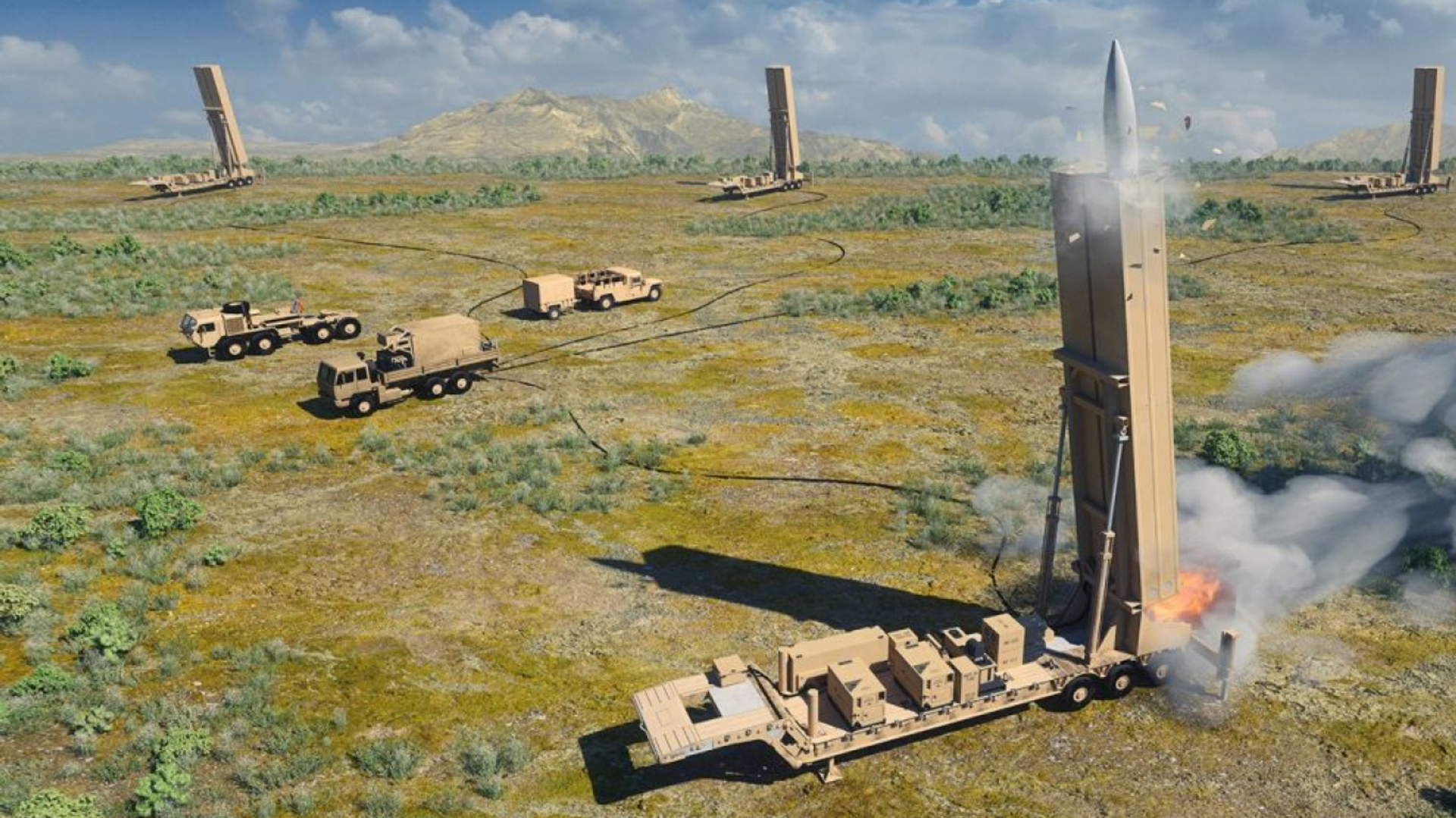US Army Admits Hypersonic Weapon Deployment Plan Behind Schedule
Subscribe
After delaying its latest test of the Long-Range Hypersonic Weapon (LRHW), the US Army has admitted that its plan to deploy the ground-launched missile by the end of September is off schedule. The Pentagon has struggled to catch up with rivals like Russia and China in developing the advanced weapons.
Earlier this month, the Army canceled its planned test of the weapon ahead of its planned entry into active service in late September, based on unstated problems encountered during “pre-flight checks.”
“It is not uncommon for fielding dates to adjust based on real-time developments,” a US Army spokesperson told US media on Friday. “We continue to aggressively pursue the testing and fielding of long-range hypersonic weapons. Our goal is to field the system as soon as possible following a successful test. It is a top modernization priority for the Army and for the Department of Defense.”
The Army has been developing the LRHW with Lockheed Martin since 2019 as one of several hypersonic weapons programs after Russia and China debuted their own hypersonic weapons.
The LRHW is fired from a mobile Transporter-Erector-Launcher (TEL) like a ground-launched ballistic missile, but contains an unpowered glide vehicle that takes the warhead to its final destination at speeds in excess of Mach 5, all while making random maneuvers. The result is a weapon that’s incredibly difficult to track and even harder to shoot down. It has a reported range of 1,725 miles (2,780 kilometers).

7 September 2023, 19:23 GMT
In addition to its ground-launched variant, the LRHW is also planned to be adapted to firing from the US Navy’s Zumwalt-class cruisers, which have already begun refitting to carry the extra-large missile tubes.
Another hypersonic weapon in development by the Pentagon, the Air-Launched Rapid Response Weapon (ARRW), is also behind schedule after repeated test failures. The weapon is fired from beneath the wing of a B-52 Stratofortress bomber and also contains a glide vehicle. Other types of hypersonic weapons might use ramjet technology to operate more like super-fast cruise missiles.
Russia led the way in developing hypersonic weapons in the early 21st century after the United States unilaterally shredded the Anti-Ballistic Missile (ABM) Treaty, a 1972 agreement designed to lower the risk of nuclear war. The treaty limited the US and Soviet Union (later Russia) to two sets of anti-ballistic missile interceptor complexes in an attempt to avoid either nation from believing it was so secure from enemy counterattack that it could survive launching a nuclear first strike.

Rendering of an AGM-183A Air-launched Rapid Response Weapon (ARRW) showing its hypersonic glide warhead
© Lockheed Martin
After the US began developing a slew of new anti-ballistic missile interceptors following the end of the ABM in 2002, Russia dusted off 1980s-era plans for hypersonic weapons, which are designed to beat traditional ballistic missile defense systems. Avangard, the world’s first hypersonic weapon, was announced to the world in 2018, and Russia has introduced two more since: the Kinzhal hypersonic cruise missile and the Zircon surface-launched and submarine-launched missile.
China has also pioneered the development of several types of hypersonic weapon in line with its heavy focus on long-range missiles as an asymmetric counter to the superior technology of the US military. Iran and North Korea have also announced tests of hypersonic weapons.


